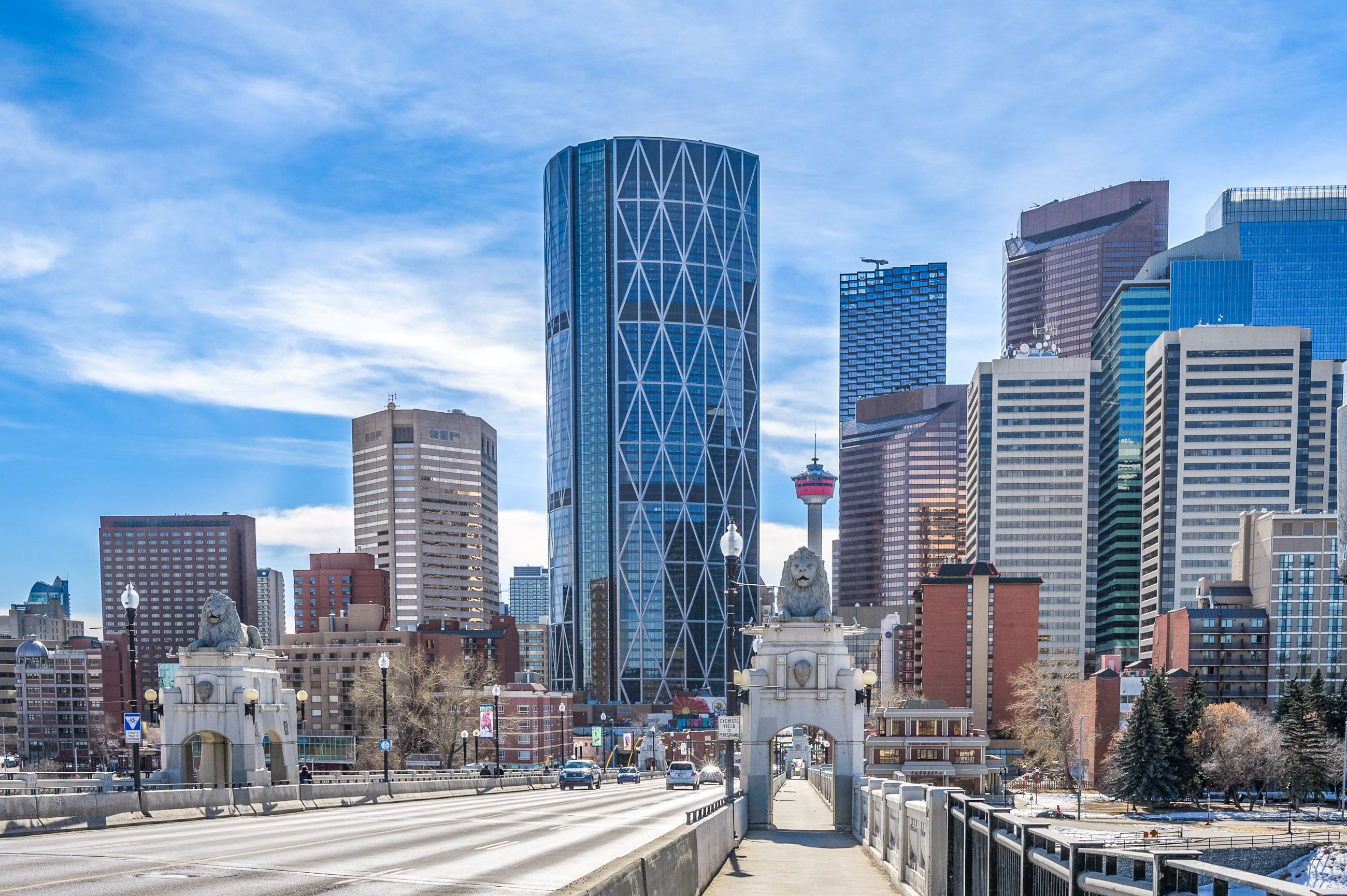CBBarnett
Senior Member
Part of this issue is the 16th Avenue "revitalization" project from 2005-2010 was outdated from best practices of the time, painfully so now from a 2021 perspective - it was always far closer to a 1970s car-capacity expansion plan featuring median planters, than a urban redevelopment-supportive project.Drove down the entire stretch of 16th last week starting from Deerfoot until Stoney. Man I couldn't believe how many trees were cut down in the median planter boxes. Who ever thought elm's would survive in a planter box was not thinking. Also, the entire stretch is pretty dingy. Lots of broken sidewalks/medians, rusty curb poles, missing sidewalk links, dilapidated buildings, empty/abandoned lots, the list goes on. 16th Ave is definitely the biggest revitalization project the city attempted that can be declared an utter failure.
IIRC, the 16th Avenue project project had all sorts of issues in delivery (tens of millions over budget, several years late, crazy land acquisition challenges etc.). However, most impactfully to current situation, the expansion ate a huge amount of right-away into surrounding lots. This shrunk the lots on the south side and made underground parking access more challenging.
Perhaps ironically, despite all this land acquired the sidewalks originally planned weren't ever completed as they could no longer fit, which is why today there's random blocks of old narrow 1970s public realm (not just the 15 year old sidewalks in poor condition).
The other curious one is the sound barrier in Rosedale, originally not part of the expansion plan. The neighbourhood successfully advocated that due to the expansion and anticipated traffic increases it should get a sound wall - which in effect created a publicly-financed semi-gated community to sterilize nearly 1km of the south side of 16th Avenue from any material redevelopment. Combined with ongoing success in preventing any material redevelopment and rezoning in the neighbourhood, Rosedale is a black hole of activity and vibrancy - all the more painful because it could easily have been a great anchor neighbourhood for pedestrian-oriented retail on the corridor and along the approach to SAIT, by far the largest activity centre nearby.
Finally, the last nail in the coffin of induced demand did it's trick - the avenue is no faster to drive on, louder and with more traffic, less walkable and enjoyable, while being less developable than before the expansion.
Alas, much must be sacrificed at the altar of ever-increasing car-throughput. Another project promising "urban revitalization" that does the opposite; using the language of the cure to justify the poison. Truly a masterclass in urban development gas-lighting.
Last edited:





